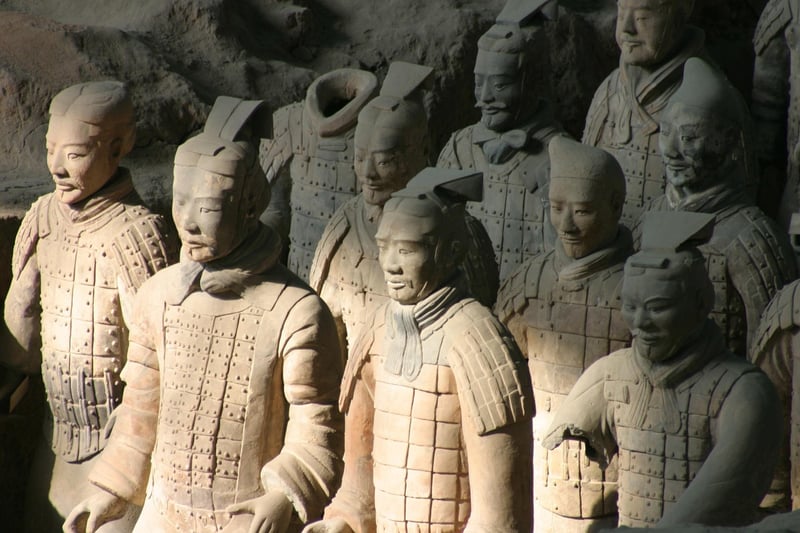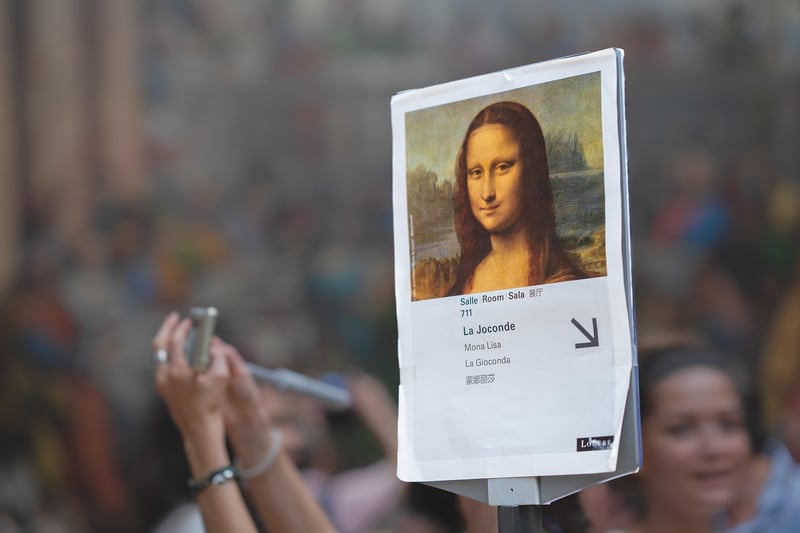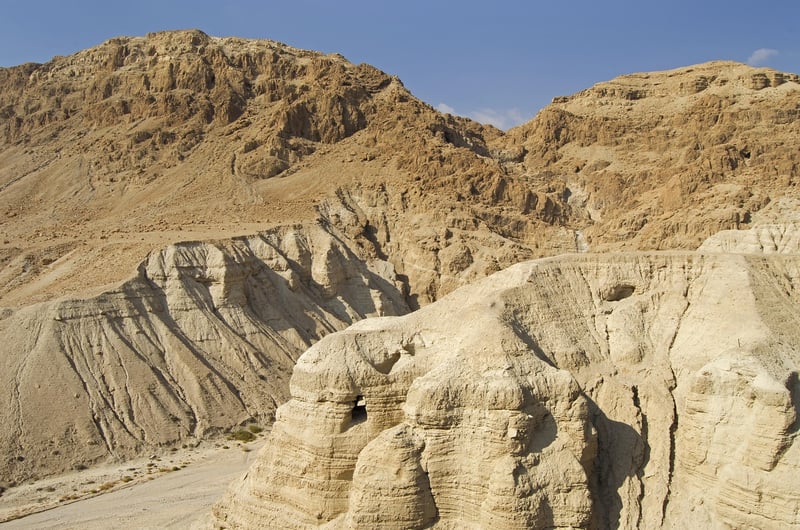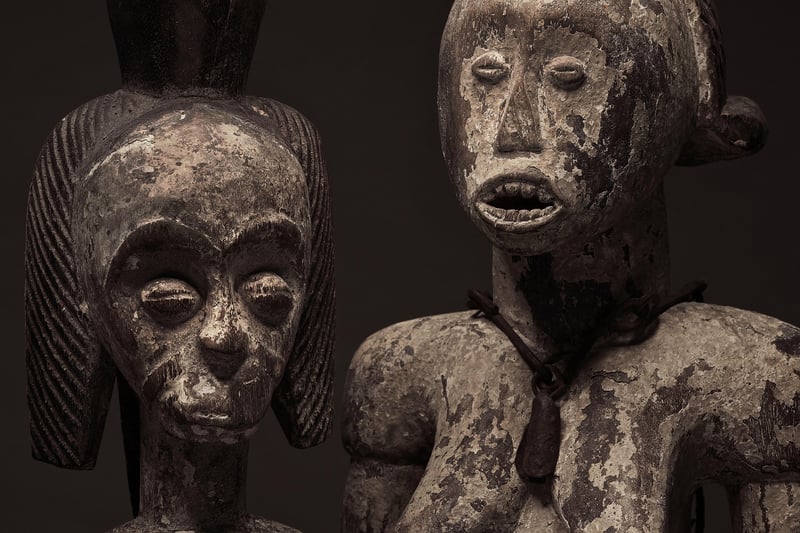Famous Artifacts
Unravel the Past: Discovering Famous Artifacts
Artifacts have the power to transport us through time, offering a glimpse into the lives of our ancestors and the civilizations that came before us. These objects hold stories, mysteries, and insights waiting to be unravelled by those curious enough to explore them. Let's delve into the fascinating world of famous artifacts that have captured the imagination of people around the globe.
The Rosetta Stone

The Rosetta Stone, discovered in 1799, is an ancient Egyptian artifact that played a pivotal role in deciphering hieroglyphics. This stone slab contains inscriptions in three different scripts: Ancient Egyptian hieroglyphs, Demotic script, and Ancient Greek. Its discovery unlocked the key to understanding Egyptian history and language.
The Terracotta Army

Located in the mausoleum of the First Emperor of China, Qin Shi Huang, the Terracotta Army is a collection of life-sized clay soldiers and horses. This incredible archaeological find dates back to the 3rd century BCE and serves as a testament to the emperor's power and belief in the afterlife.
The Mona Lisa

Painted by Leonardo da Vinci in the early 16th century, the Mona Lisa is one of the most famous artworks in the world. This enigmatic portrait of a woman with a mysterious smile continues to captivate art enthusiasts and historians alike, inviting endless interpretations and speculations.
The Dead Sea Scrolls

Discovered in the mid-20th century near the Dead Sea, the Dead Sea Scrolls are a collection of Jewish religious texts dating back to the 3rd century BCE. These ancient manuscripts contain some of the oldest known versions of the Hebrew Bible and provide valuable insights into religious practices and beliefs of the time.
Exploring famous artifacts like the ones mentioned above allows us to connect with our past, gain a deeper understanding of different cultures, and appreciate the ingenuity of our ancestors. These treasures serve as windows to bygone eras, inviting us to unravel their secrets and stories.
Next time you encounter a relic of the past, take a moment to ponder its significance and the journey it has undertaken to reach you, bridging the gap between then and now.
